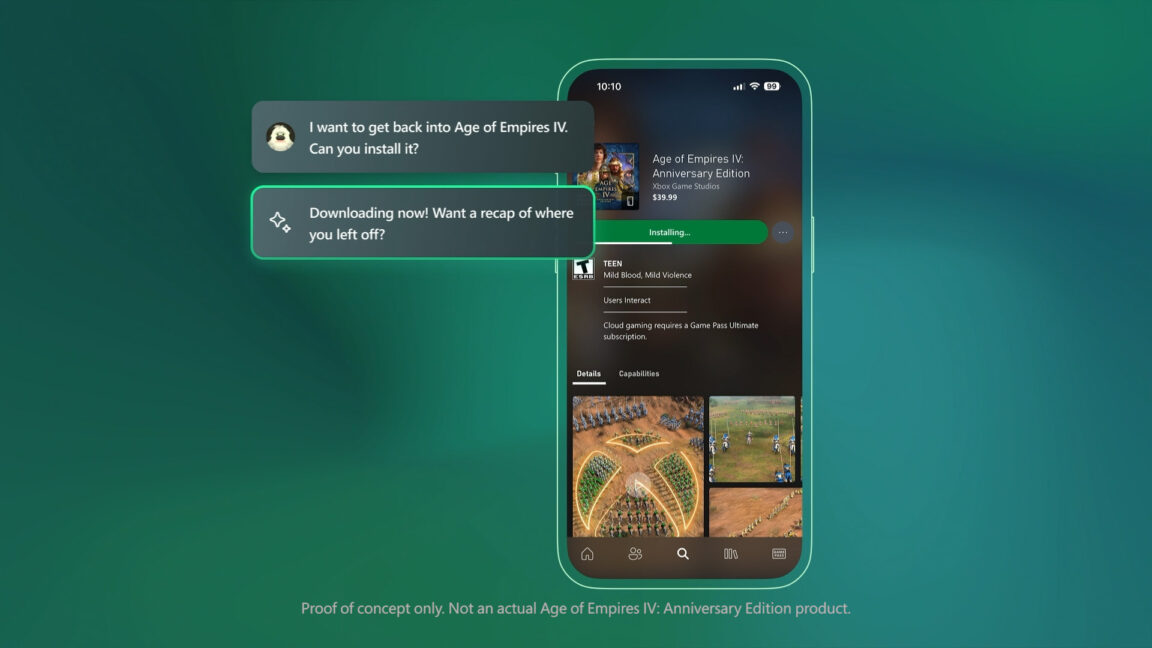Microsoft’s New AI ‘Copilot for Gaming’ Faces Challenges in Proving Its Value

Microsoft’s New AI “Copilot for Gaming”: An Overview
Microsoft has recently introduced a groundbreaking AI tool known as “Copilot for Gaming.” This innovative technology aims to enhance the gaming experience by providing players and developers with advanced support. However, as intriguing as the prospect sounds, several challenges and limitations are becoming evident in its early stages.
What is Copilot for Gaming?
“Copilot for Gaming” is designed to integrate AI into various aspects of videogame development and play. Its primary goals include:
Assisting Game Developers: This tool aims to streamline the game development process by offering suggestions, automating tasks, and providing valuable insights.
- Enhancing Player Experience: For gamers, Copilot provides real-time assistance during gameplay, helping players navigate challenges and improve their skills.
Potential Benefits of AI in Gaming
AI technologies like Copilot have the potential to revolutionize the gaming industry in several ways:
Personalized Gameplay: By analyzing a player’s behavior and preferences, AI can create tailored experiences, making games more engaging.
Faster Development Times: Game developers can save time on routine tasks, allowing them to focus on creativity and innovative elements in their games.
- Innovative Features: AI can introduce new gameplay mechanics or enhance existing ones, leading to fresh and exciting gaming experiences.
Challenges Faced by Copilot for Gaming
Despite its promise, Copilot for Gaming is facing several hurdles that may hinder its acceptance and effectiveness:
1. Limited Understanding of Game Mechanics
Current AI models can struggle with comprehending complex game dynamics. This limitation means that while the AI may provide useful information, it can also produce nonsensical advice that hinders rather than helps gameplay.
2. User Trust Issues
For gamers to embrace an AI assistant, they must trust its recommendations. Initial feedback indicates that many players are skeptical of the AI’s ability to provide effective solutions, particularly in challenging game scenarios.
3. Integration with Existing Games
Incorporating the AI into established games presents significant technical difficulties. Game developers need to ensure that Copilot aligns with existing game engines and mechanics, which can be a time-consuming process.
The Future of AI in Gaming
While Microsoft’s Copilot for Gaming is still in its early stages and grappling with some significant challenges, the potential benefits of AI in gaming continue to drive interest and investment in this field. Overcoming the current limitations may lead to substantial advancements in how games are designed and played.
Conclusion
In summary, Microsoft’s “Copilot for Gaming” represents a fascinating leap in the intersection of AI and gaming. While its initial rollout displays both potential and obstacles, ongoing developments will determine its future impact on the industry. As technology continues to evolve, the possibilities for AI in gaming remain promising, although practical applications and user adaptation will be crucial for its success.





